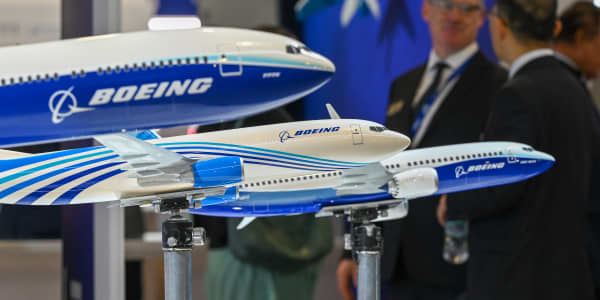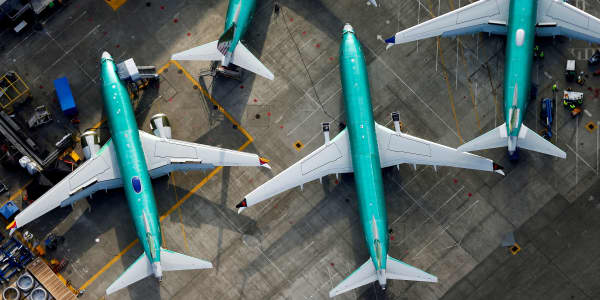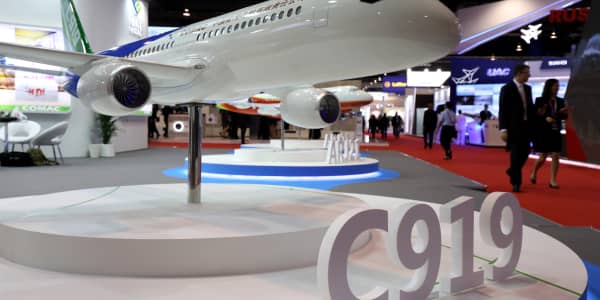
Franco-Italian aircraft manufacturer ATR is setting its sights on China as its next market, with as much as half of its worldwide sales of turboprop planes coming from Asia, the company's chief executive said Wednesday.
"The order pipeline is about 50 percent out of the Asia Pacific region," Christian Scherer told CNBC at the Singapore Airshow — and that's excluding China.
That may be about to change, however, with the company awaiting approval from Chinese authorities for the latest version of its ATR-600 series aircraft.
"That's a prerequisite," Scherer said. "Once we are certified — we already have the first indications of interest from customers in China — then we expect larger quantities of orders."
The Toulouse-based company — a joint partnership between Airbus and Leonardo — said that it predicted sales of over 1,000 aircraft in Asia over the next 20 years.
"This region accounts for more than a third of the worldwide market. We see the worldwide market for turboprops to be in excess of 3,000 airplanes, so the math is simple — it's over 1,000 airplanes over the next 20 years," Scherer said.
The chief executive also brushed off those who claimed that turboprop engines were past their expiration date in the era of jet engines.
"Let me correct that misconception, the turboprop engine first of all, is driven by turbo machinery just like jet engines," Scherer explained. "And the fact that it's driving a propeller, allows it to offer fuel efficiency that is 50 percent greater than that of a conventional jet engine. So you can imagine that fuel efficiency represents a major economic bonus for the turboprop aircraft."




